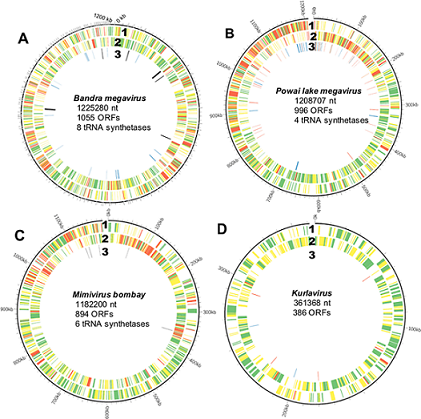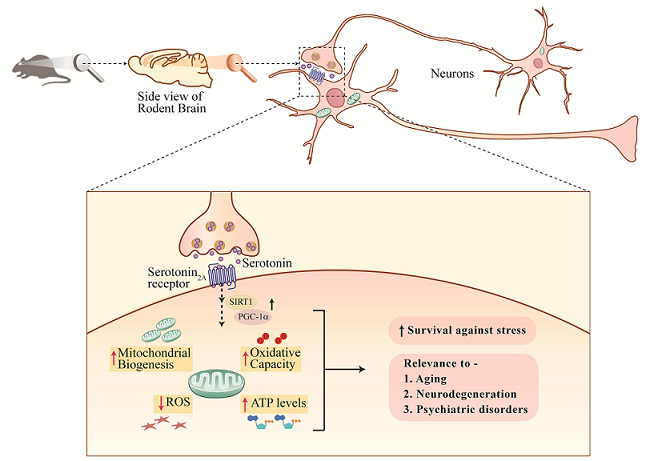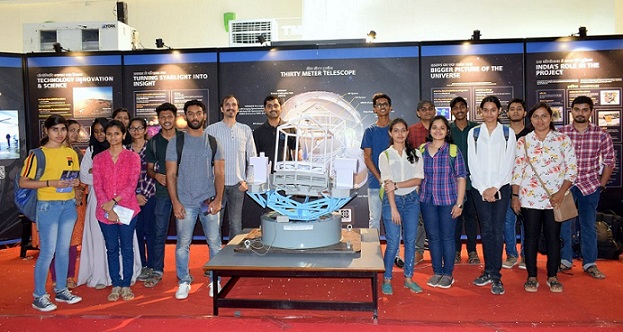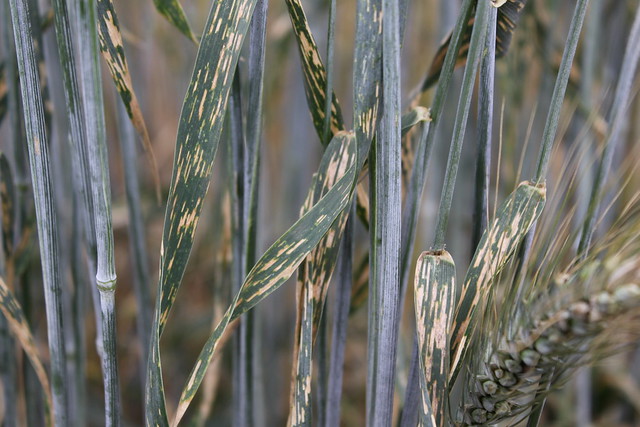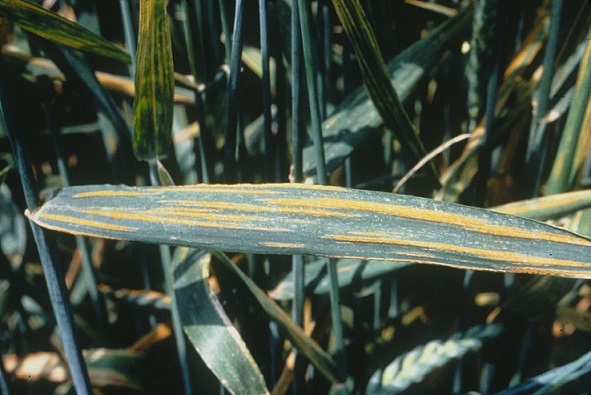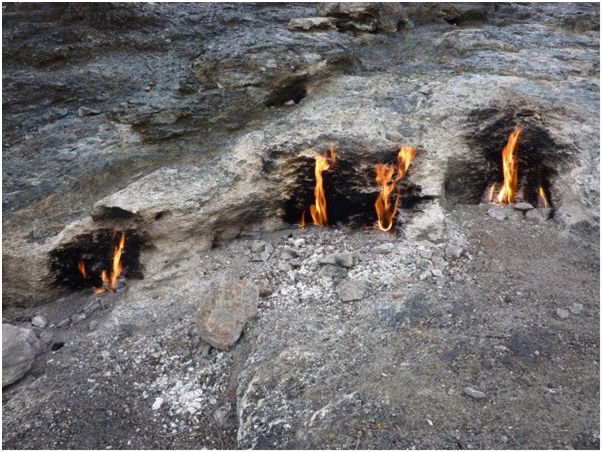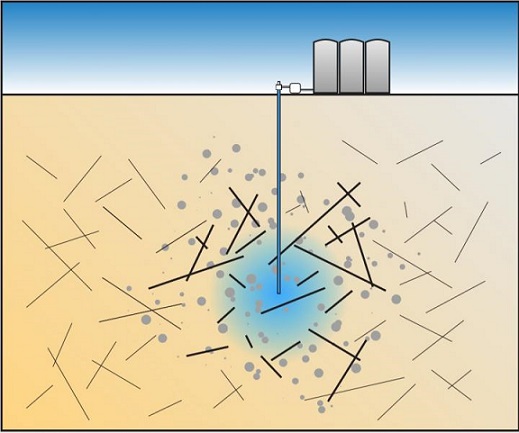
Indoor pollution is a major cause of worry in homes and closed environments. Now a new study has warned that burning of mosquito coils and cigarettes in closed places releases traces of heavy metals and particulate matter in the environment which may cause adverse health impacts following prolonged exposure.
Indoor pollution results from inefficient and highly polluting cooking fuel use, cigarette smoking and gases released from burning of wood-containing products, mosquito coils and other sources. Over the years, slow and continuous inhalation of smoke from these sources can result in increased incidences of cardiovascular, cancers and respiratory diseases. According to the World Health Organization (WHO), household pollution is responsible for 4.3 million deaths annually in the world.
In order to study pollution from two main sources of indoor pollution – cigarettes and mosquito coils, researchers burnt them in an environment chamber in their laboratory and monitored heavy metals and particulate matter they released. Particulate Matter (PM) are small liquid droplets and solid particles whose hazardous nature increases with a decrease in their size as they become respirable.
It was found that maximum concentration of various sizes of particulate matter (PM0.25, PM1, PM2.5, PM10) was released during the burning phase as compared to pre and post-burning phases. Aluminum, chromium and tin were higher in mosquito coil smoke, while copper, zinc, manganese, nickel and lead were higher in cigarette smoke samples. The concentration of metals like cadmium, vanadium and selenium was below the detection limit in both cigarette and coil smoke samples. Also, the concentration of metals was many folds higher in residual ash of cigarette and coil than those found in emissions from then two.
"Indoor pollution results from inefficient and highly polluting cooking fuel use, cigarette smoking and gases released from burning of wood-containing products, mosquito coils and other sources. "
“Smoke-generating mosquito coils should be replaced with non-smoke mosquito controlling methods. This may bring substantial reduction in exposure and respiratory health risks,” suggested Dr Ajay Taneja, leader of research team and professor at Agra-based Dr. Bhim Rao Ambedkar University while talking to India Science Wire.
The study involved five prominent brands of cigarette and mosquito coils each. The researchers measured various heavy metal and particulate matter released by equal weight of various cigarettes and mosquito coils before burning, during and after burning of these samples in both air where they were burned and in the residual ash of cigarette and coils. The resulting data was used to calculate health risk due to prolonged exposure.“More in-depth investigation needs to be conducted to evaluate effects of smoke generated by mosquito coil burning and smoking in actual residential environments,” added Dr. Taneja.
The results of this study have been published in journal SN Applied Sciences. The research team included Dr. Ajay Taneja, Neha Khandelwal, Rahul Tiwari and Renuka Saini (Dr. Bhim Rao Ambedkar University, Agra).
India Science Wire

